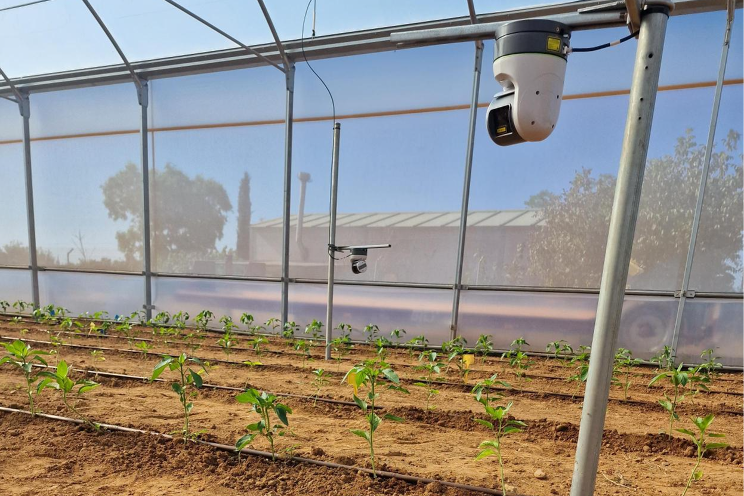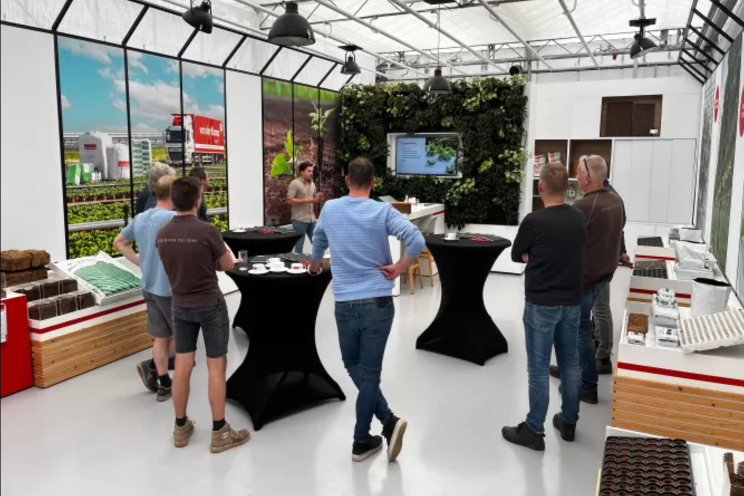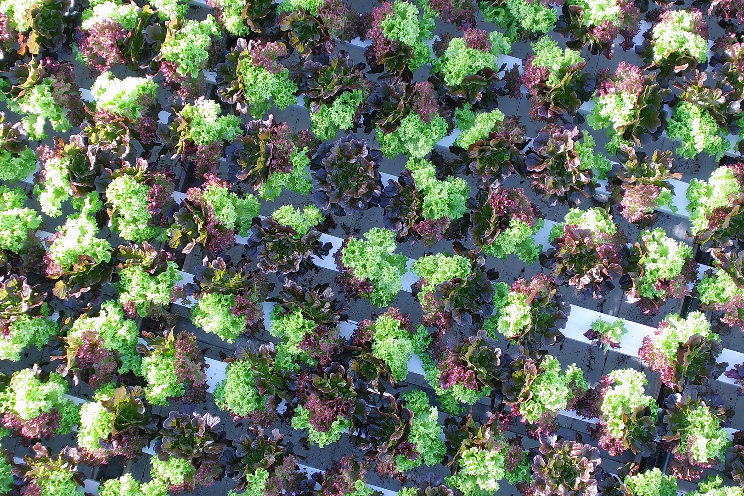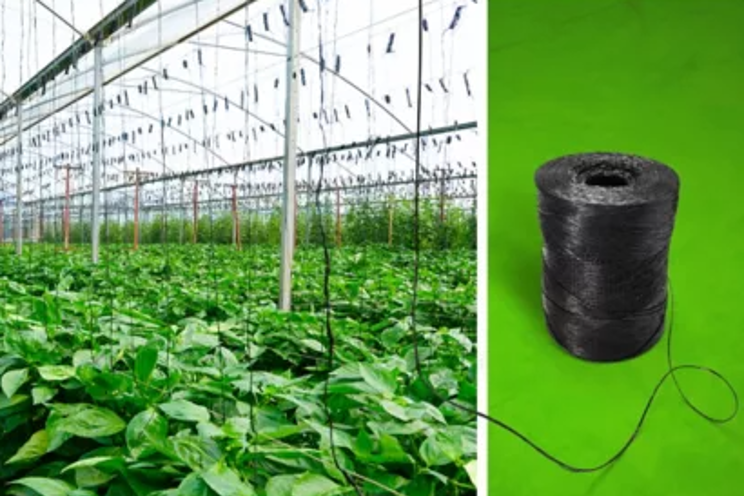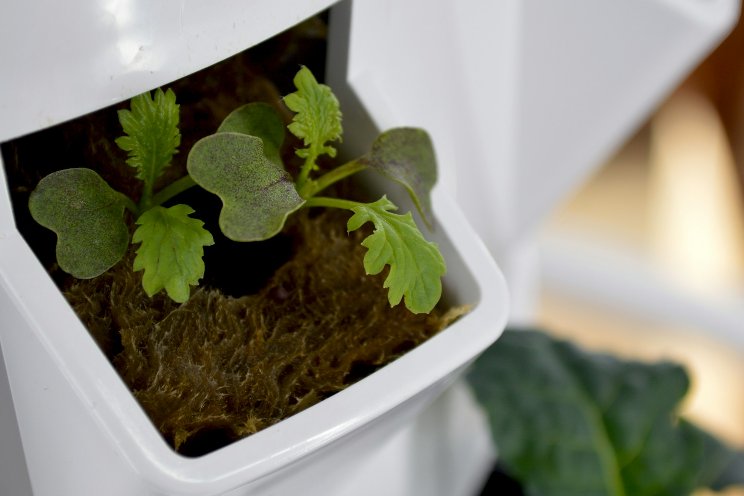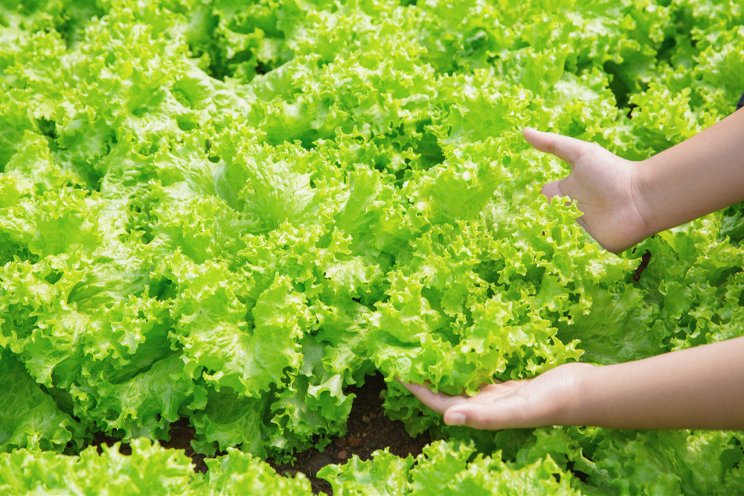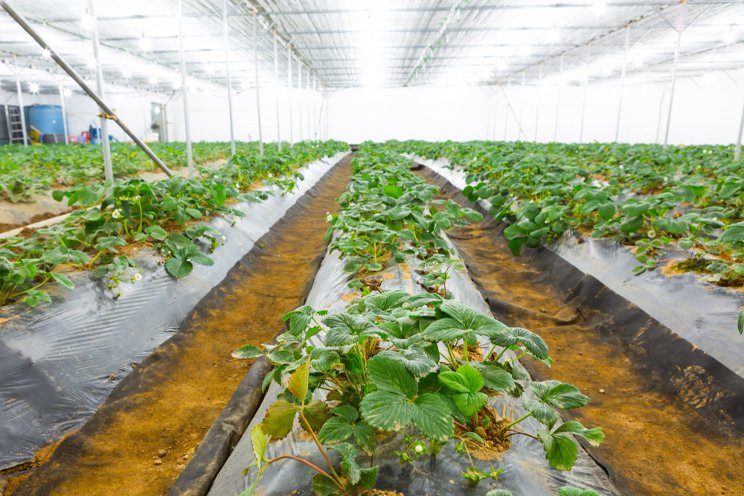Could VF change the local food landscape?
Added on 09 January 2024
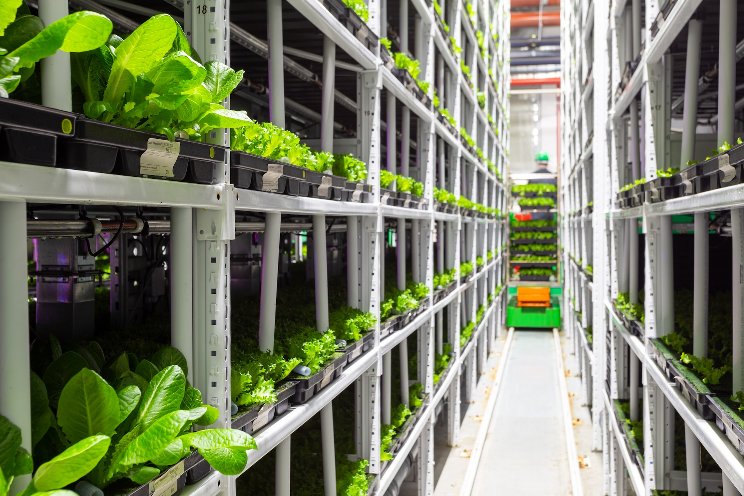
A global food supply chain sustains this bounty. As seasons shift, Americans rely on other states, and frequently other countries, to supply warm-season produce. In 2022, over 38% of fresh vegetables were imported internationally, up from just 8% in 1980, according to Department of Agriculture data. American reliance on international produce imports comes with significant carbon emissions. Of all greenhouse-gas emissions related to the food supply chain, 20% are associated with transportation. As the future becomes ever more imperiled by the climate crisis, it is increasingly vital to cut emissions when possible.
A new trend in agricultural technology could be one way to lower transportation emissions in the food supply chain. Vertical farming, a technique that grows crops in retrofitted warehouses instead of open fields, is rising. To better understand the current and future effects of vertical farming in the United States, Findbusinesses4sale used Department of Agriculture data to explore the country's reliance on imported produce and the rise of vertical farming efforts that grow more foods domestically.
Indoor growing allows for climate control to produce the ideal environment for specific types of plants—meaning the seasonal produce the U.S. imports from warmer countries could instead be grown locally and year-round, slashing transportation costs. Local farming also means fresher produce for consumers, with less time spent in transit.
In addition to reduced emissions, vertical farms use significantly less water than traditional farms. Vertical-farmed crops also can be grown without pesticides and are less likely to be contaminated with harmful bacteria like E. coli.
While vertical farming is a promising solution for cutting transit-linked emissions, it involves other energy concerns. Irrigation, ventilation fans, and all-day lighting make for high electrical bills for vertical farms.
The Russia-Ukraine war is driving up energy costs, posing a challenge to the immediate future of vertical farms, which are also short on cash from dwindling venture capital investments. Still, vertical farming is an emergent technology with tremendous potential to transform the farming industry and global food supply.
Photo by Petr Magera on Unsplash
More news
